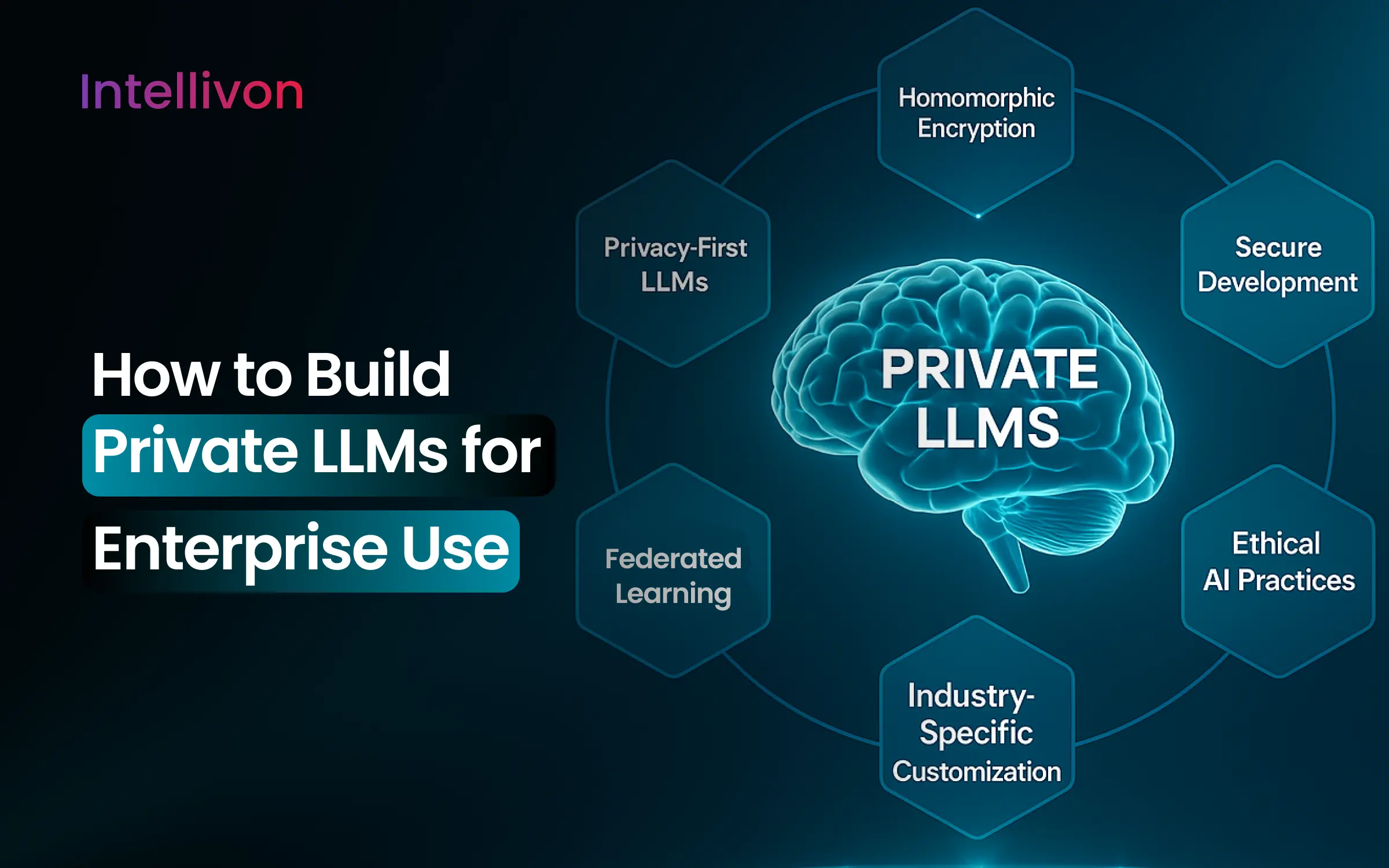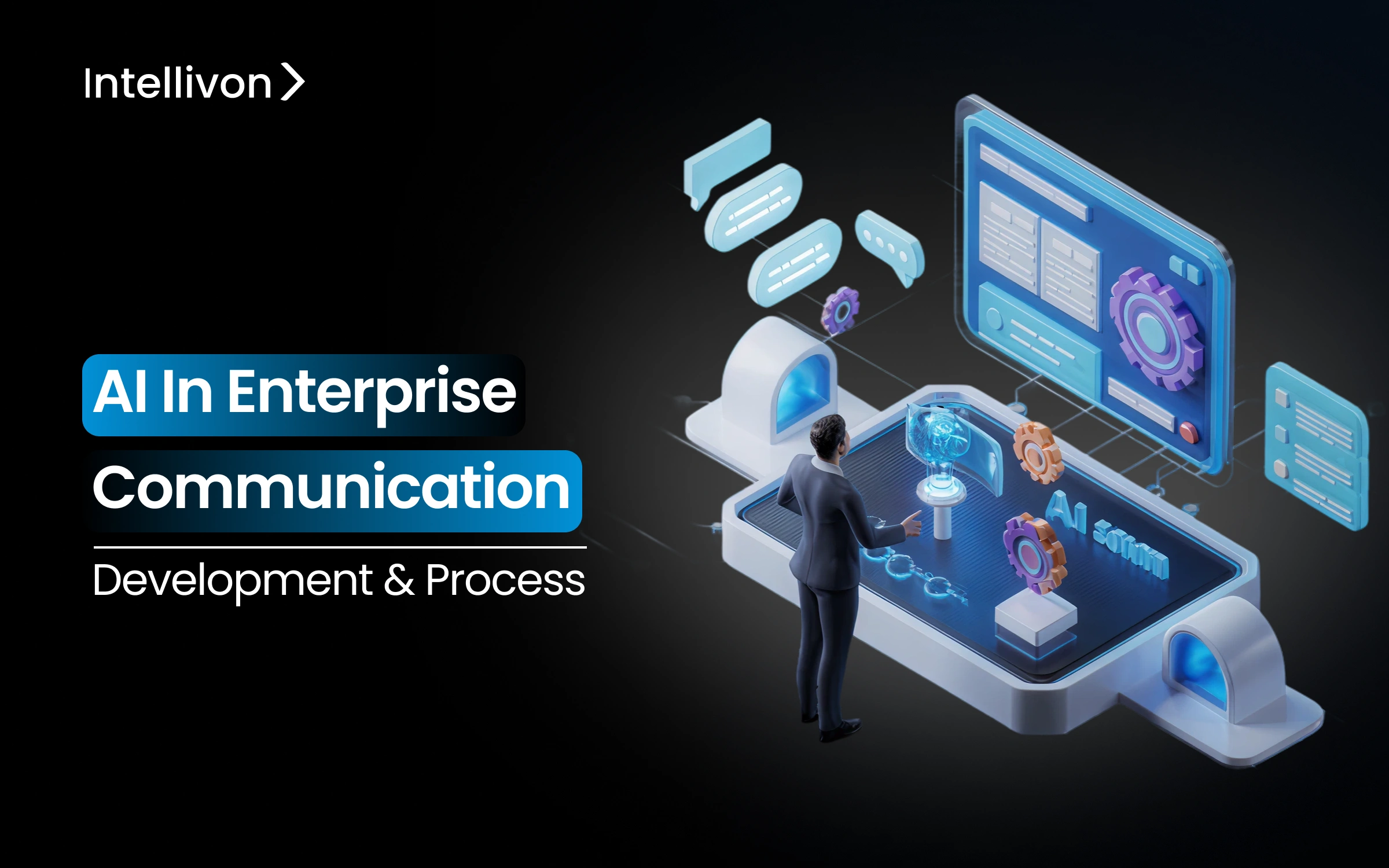Enterprise communication has undergone a seismic shift in the past decade. Gone are the days when internal messaging and basic VoIP calls sufficed. Today, the landscape is dynamic, cloud-based, and AI-enhanced, shaping how employees collaborate, share knowledge, and engage with customers.
Artificial Intelligence (AI) is redefining the boundaries of what’s possible in enterprise communication. From automating responses to providing intelligent insights, AI is more than just a tool it’s a strategic asset. This article explores how AI is developed and integrated into communication systems, the benefits and challenges, and what the future holds.
Understanding Enterprise Communication Systems
Enterprise communication systems (ECS) encompass the tools, software, and processes that facilitate internal and external business communication. These systems can include:
- Emails
- Instant messaging platforms (e.g., Slack, Microsoft Teams)
- VoIP and video conferencing tools (e.g., Zoom, Cisco WebEx)
- Unified communication systems (UCaaS)
The primary goal is to ensure seamless, secure, and efficient communication across departments, time zones, and even languages. With digital transformation accelerating, these systems must now support hybrid work environments, remote collaboration, and 24/7 global operations.
The Role of AI in Modern Communication Platforms
AI brings automation, intelligence, and personalization to enterprise communication. Here’s how:
- Natural Language Processing (NLP) enables machines to understand, interpret, and generate human language.
- Machine Learning (ML) powers predictive text, smart replies, and content recommendations.
- Computer Vision supports facial recognition, emotion detection, and meeting analysis.
- Speech Recognition transcribes meetings, translates conversations, and assists with accessibility.
These technologies enhance real-time collaboration, streamline workflows, and provide actionable insights.
Development of AI-Powered Communication Systems
System Architecture
Modern communication systems are often built using microservices and cloud-native infrastructure. This modular approach allows businesses to add or upgrade AI components without disrupting the entire system.
AI Technologies Involved
- NLP engines (e.g., BERT, GPT)
- Speech-to-text and text-to-speech tools (e.g., Google Speech, Amazon Polly)
- Sentiment analysis APIs
- Voice biometric security layers
Integration with Legacy Systems
Most enterprises already have established communication platforms. AI integration is often achieved via APIs or middleware, allowing companies to modernize without complete overhauls.
Key AI-Driven Use Cases in Enterprise Communication
Intelligent Chatbots
Deployed in HR and IT departments, AI chatbots handle routine queries, freeing human staff for complex issues. Advanced bots can escalate issues, analyze queries for sentiment, and even learn from new inputs.
Voice Assistants
Voice-activated commands help employees schedule meetings, set reminders, or search documents, reducing reliance on manual inputs.
AI-Powered Transcription & Translation
Real-time transcription helps teams document meetings accurately. Integrated translation tools enable smooth multilingual communication, vital for global teams.
Sentiment Analysis & Employee Feedback
Analyzing employee communications (emails, messages) for mood and tone helps HR teams track morale and intervene when needed.
Smart Meeting Scheduling & Summarization
AI reads calendars, detects conflicts, and suggests optimal meeting times. Post-meeting, AI tools generate concise summaries with action points.
Development Process: From Ideation to Deployment
Planning & Requirement Gathering
Start by identifying communication pain points. Define what problems AI should solve, like slow response times, miscommunication, or feedback bottlenecks.
Choosing the Right AI Stack
Popular tools include TensorFlow, PyTorch, Dialogflow, and AWS Lex. The choice depends on performance, scalability, and integration capabilities.
Data Collection & Model Training
Communication data like emails, call transcripts, and chat logs serve as training data. Ethical concerns, especially around privacy, must be addressed by anonymizing and securing data.
Testing & Validation
Test models in sandbox environments using real-life scenarios. Address any bias or misclassification.
Deployment & Scalability
Use CI/CD pipelines and containerization (e.g., Docker, Kubernetes) to deploy and manage AI components across communication channels.
Monitoring & Continuous Improvement
Set up feedback loops for continuous learning. Monitor user interactions to retrain and optimize models over time.
Benefits of AI in Enterprise Communication
- Faster decision-making with real-time insights
- Reduced manual workload via automation
- Enhanced personalization in interactions
- Improved collaboration across departments and locations
- Scalability to support growing teams and global operations
Challenges & Ethical Considerations
Despite its potential, AI comes with challenges:
- Privacy concerns around data usage
- Bias in AI models due to skewed training data
- Over-reliance on automation, leading to communication gaps
- Compliance with regulations like GDPR and HIPAA
Addressing these requires clear policies, ethical frameworks, and regular audits.
Case Studies: Companies Leveraging AI in Communication
- Microsoft Teams uses AI for background noise suppression, real-time translation, and meeting recaps.
- Slack integrates GPT for smarter responses and task summarization.
- Google Workspace leverages Smart Compose and Smart Reply for predictive typing.
- Zoom employs AI to generate meeting transcripts and detect participant engagement.
Future Trends and Innovations to Watch
- Emotionally intelligent AI that detects mood and adjusts responses accordingly
- Real-time multilingual collaboration with near-perfect translation accuracy
- Generative AI for meeting documentation, turning transcripts into reports
- Integration with AR/VR for immersive, AI-supported communication spaces
FAQs: People Also Ask
1. How is AI transforming enterprise communication?
AI automates routine tasks, provides real-time insights, and enhances personalization, making communication faster and more effective.
2. What are the top AI tools used in corporate communication?
Tools like Dialogflow, Microsoft Azure AI, Zoom AI Companion, and Slack GPT are widely used for enhancing communication workflows.
3. How do AI chatbots improve internal workflows?
They handle FAQs, route requests, and provide 24/7 support, improving efficiency and freeing up human resources.
4. What are the privacy concerns with AI in communication?
Data handling, storage, and processing must comply with regulations and ethical standards to prevent misuse or breaches.
5. What is the ROI of implementing AI communication tools?
Companies report improved productivity, faster response times, and better employee satisfaction, often leading to significant cost savings.




